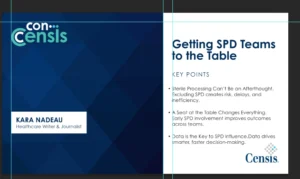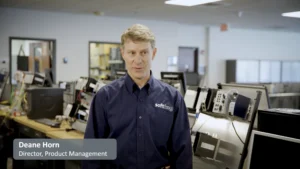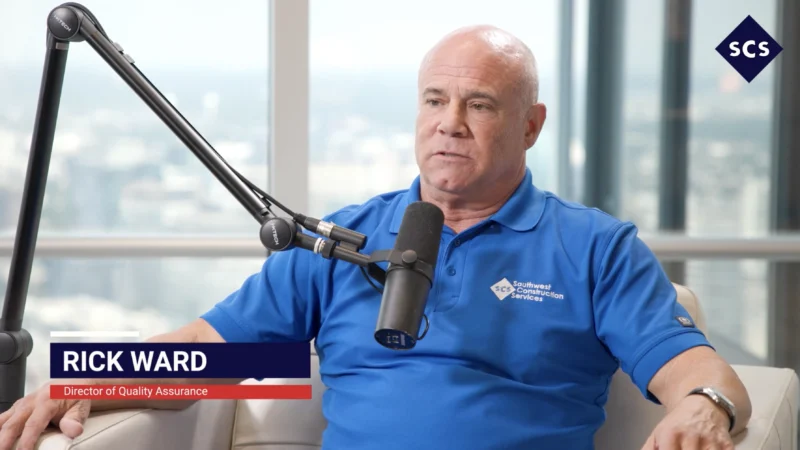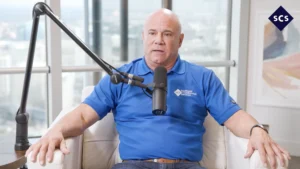Tradition vs. Transition in Building Design with Carlo Ratti, Professor of Urban Studies & Planning at MIT
When is a building more than a building? Can a sidewalk be more than a sidewalk? On today’s podcast, our host spoke with Carlo Ratti, Professor of Urban Studies & Planning at MIT and Founding Partner of Carlo Ratti Associati. They discussed the balance between tradition and transition, the thought process when considering new ideas, and reimagining the “skin” of our buildings.
“There is something very important with cities and buildings about they are a kind of anchors against the time that flows,” Ratti said. “But, I think you can keep that permanence, you can still have that permanence and still allow the building, the city to respond in a more dynamic way. You still recognize the place, you will still have familiarity but, at the same time it will respond to you, like an old friend.”
HIGHLIGHTS FROM THE EPISODE
Sean Heath: Now when I say that you’re not a regular or a normal architect, I mean traditionally, at least in my perspective, architects come up with a design for a building or a monument or even something as simple as a sidewalk and they generally design that item to be static. It is meant to be what it is. It doesn’t change. There’s no flexibility. The only change is really that any of those constructions experience is weather. When it rains, the building gets wet. When it’s hot, the sidewalk heats up. It’s a really a very basics and it’s a very final product. You don’t seem to like things to stay the way they are when you first create them. You are very much a flexible architect. That’s got to be really exciting to know that you’re thinking in the realm of flexibility with almost everything that you do.
Carlo Ratti: I love your definition, a flexible architect. But sometimes people say that architecture is like our third skin. We’ve got our own skin, we’ve got our second skin with our clothes, and then kind of a third skin is the skin of the buildings. But you think about the skin. For a long time, it has been quite uncompromising. I would say more like a cursor. And so I think one of the challenges we have today is how we can use new technologies in order to make the skin more responsive, softer, something that can actually shape and change shape and better follow our wishes and desires.
So I think that is one of the challenges of architecture in this century and it also goes in a very interesting direction because it goes towards the co-evolution of the natural world and the natural world, by definition, keeps on changing and is dynamic. The natural world and the artificial world.
SH: There’s a natural comfort that human beings have with knowing something is going to be a certain way all the time. There’s a comfort with the familiar. You balance that need for conformity with the technological brilliance that comes along with creating something that has the ability to improve itself based on the conditions that it finds itself in and there are so many different techniques that you have used to bring your ideas to life. How do you balance the need for consistent and conformity with the excitement and the utility of the flexibility and the ability to transform?
CR: I think it’s a beautiful question and you’re right. You’re right that actually for instance the first cities originally or cities that are built next to cemeteries and basically where stones, humanity looks at stones as something that will keep on being on there even when life changes and passes. And so there’s always something very important with cities and buildings about their kind of anchors against the time that flows. But still I think you can keep that permanence, you can still have that permanence and still allow the building, that city to respond in a more dynamic way. You will still recognize the place if we still have familiarity. But at the same time, it will respond to you like an old friend.
SH: Well, as a polymath, you are constantly reinventing and revaluating your perspective. You change the way that you approach any given problem on any given day. One of the things that you were a part of, a project that you were a part of a few years ago was called, I hope I pronounce it correctly, Scribit. That concept allowed a static item, specifically a wall or a flat service to change at any given time to something that you, the owner, wanted it to be. You have now gone from the outside of that structure and having the changes being made superficially on a structure to the sidewalk project, the living sidewalk project that you’ve worked on in Toronto where now, the structure itself changes. You just flip to the other side of the coin. How do you do that?
CR: Well, let me first say a couple more things about Scribit. You’re right. Scribit actually the initial prototype we developed a few years ago, but it’s quite interesting like two or three months ago. We put it on Kickstarter and just to explain it in more detail, you know, Scribit is just a little robot. You can just put two names on a wall. The little robot actually has a pen, a marker, and then what it does it can actually write on your wall, turn it into a canvas where you can draw anything you want and then you can not only draw but you can erase and you can use different colors. So basically you can bring art or you can bring twist or whatever you want, information, slow-moving information into our homes.
And for me, it is an important project. We put it on Kickstarter just two or three months ago. It has been one of the top 100 campaigns ever made. So now there’s a factory being built to produce it. But for me the interesting thing is that I believe that today we spent too much time in front of pixels. You know, we’ve got pixels in our phones and we spent time in front of our phones, our computer screens, our TV screens. You know, this really the majority of our lives. And I think we want to have information but sometimes not through pixel, not through digital screens, we want that information in a different way and that in Scribit is that little robot that brings the information back to an analog state in a way that, you know, like graffiti that we’ve done for thousands of thousands of years. So like tattoos. Think about it like home tattoos.
And the other project you mentioned is a project we’re doing in Toronto where one of the companies, one of the spinoffs from Google, one of the company under Alphabet called Sidewalk Labs is actually working on a large urban development and we were fortunate enough to work with them and we work on a couple of things including this street that basically can change configuration, the idea being that we stop driving cars. You know, it’s very easy then to allocate space with different functions. So think about a street where in the morning it’s a street for cars and with different lanes, and then in the evening, it becomes a space for people to have a block party or you know in the middle it can also be a place where you go and eat your lunch. So somehow a flexible space again that can respond better to our needs as citizens.
SH: One of the interesting things that you have been able to do is and I don’t know if you do this intentionally or if it just naturally happens. But the ideas that you come up with are imminently scalable. When you’re approaching a solution or when you have an idea that wakes you up in the middle of the night that you just have to write down, do they generally start out with parameters or are they generally pretty wide-ranging when you have an idea?
CR: I would say really that, you know, many ideas are more like just dreams or something or you think it wouldn’t be cool to do something and you start from that. Again, if you go back to what we’re saying before about design is design is a way to explore how we could transform our cities, our buildings, our homes. Then from the beginning, you want to think of something that can be replicated because that’s part of the beauty. It’s like a mutation, a natural world, you got mutations and then simulation as successful and then they have an impact through replication. I think the same something similar happens with the artificial world and with the places we’re living. So somehow like following a dream, but if you look at impact, then clearly you want to think from the beginning about how this can change lives of more than one person.
For the latest news, videos, and podcasts in the AEC Industry, be sure to subscribe to our industry publication.
Follow us on social media for the latest updates in B2B!
Twitter – @AECMKSL
Facebook – facebook.com/marketscale
LinkedIn – linkedin.com/company/marketscale









